Robert Fuller's ground breaking study of majestic kingfishers
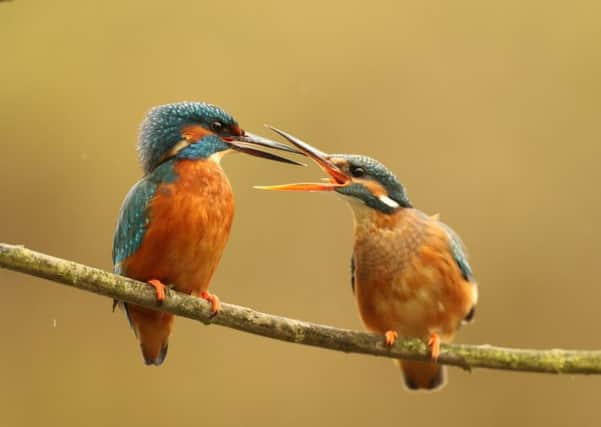

My footage has been so ground breaking that BBC Springwatch plan to use it in this year’s series, which begins next week.
The project began after a friend who has fishing lakes where kingfishers have nested agreed I could photograph them there. Their nest chamber was burrowed deep into the side of a bank but last year this bank collapsed, so I spent a month turning a shed into an artificial bank with room inside both for a nesting chamber and for me and my camera equipment.
Advertisement
Hide AdAdvertisement
Hide AdThe nest chamber replicated exactly what a kingfisher would build for itself, consisting of a long tunnel which they dig with their beaks that leads to a globe-shaped chamber. I covered a balloon with papier-mâché to re-create the shape of the chamber and moulded the tunnel from a 5cm drainpipe. I packed a mixture of cement, sand, peat, PVA glue and fine tree roots inside it to make it look as natural as possible.
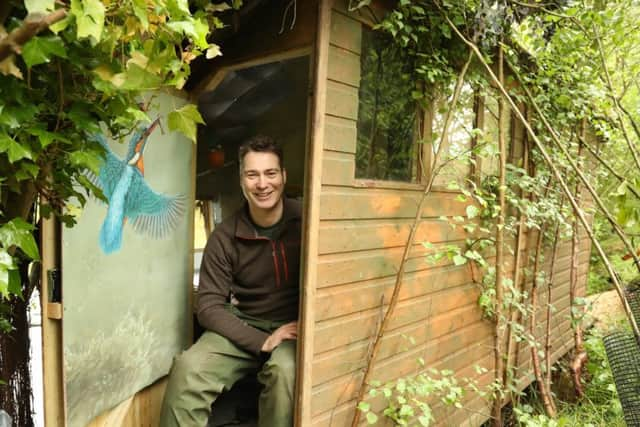

Using the same mixture I rendered the front of the shed to mimic the overhang of a natural bank.
Once it was ready, I enlisted the help of two friends. We spent a day working in waders in 3ft of freezing cold water, hammering 18 scaffold poles into the bottom of the lakes. We then fixed a 5m long base onto the poles. On the third day, we pieced the shed together and insulated and soundproofed the hide with carpet. It was getting dark when a bird flew over and landed next to the bank. I couldn’t make out any colour as it was silhouetted against the water. It paused for a moment before flying off. I felt sure it was a kingfisher.
On March 1, I had a quick look in at the nest. There was no sign of a kingfisher having been there. I revisited four days later. This time I noticed white bird droppings inside. The tunnel was smooth, as though there’d been some traffic up and down it. There was a shallow indent in the chamber itself; a clear indicator of a nest scrape. Then, I spotted a pellet which was made up of fish bones and scales. There was no doubt in my mind: a kingfisher had found my nest.
Advertisement
Hide AdAdvertisement
Hide AdI stayed away for a few weeks to avoid disturbing them and when I returned, I watched through a hatch I’d built in the bank as the male kingfisher flew in circles into the sky, then dropped and swooped past. Kingfishers perform spectacular aerial displays when trying to impress a mate. It caught a fish and carried it out of sight. I hoped this was a sign he’d found a mate and was taking a gift to her. I could hear another kingfisher calling.
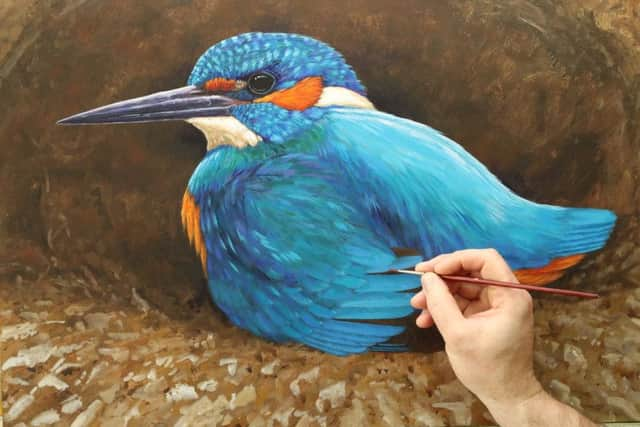

I placed a branch in front of my hide that night. At dawn the female flew up and perched on it. I knew then I had struck lucky.
The male flew straight towards me and into the nest hole. “Peep, peep, peep”, he called to entice her to take a look at this prospective nest site. Next, the pair sat close by on the same willow branch. Kingfishers are essentially solitary birds and so when they come together to breed they can seem quite offhand with each other.
These two sat 3ft apart looking straight ahead, then the female shuffled towards the male who shuffled away. It was comical to watch. She tried to re-approach him and again the same. Their tiny feet side-stepped in tandem, until he reached a protruding twig. When she got to him, she launched at him with her beak open, demanding he give her the gift of a fish. It was clearly all too much for the male who flew off.
Advertisement
Hide AdAdvertisement
Hide AdThe next day the male settled on a willow branch while the female perched on an elder. They pinged their high-pitched whistling ‘chi’ call back and forth to one another, then the male flew off to catch a fish. Once he was back, the female fluffed up her feathers and began whistling; begging for the fish. The male landed on her twig and offered the fish, which she took. The male stood to attention; bolt upright, his tail fanned and his sharp beak pointed skywards. It was incredible watching these stiff, awkward advances.
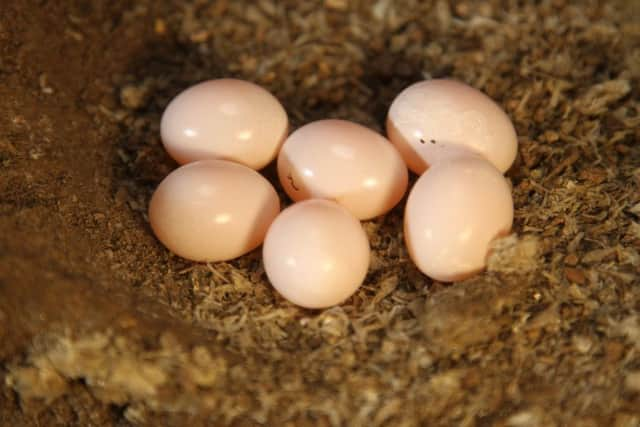

At times the underlying hostility between them flared and at one point they tussled over a fish. The male seemed to consider his role to be that of provider and often she begged, her wings quivering, well before he’d had the chance to stun the fish. Once satisfied all was in order, he handed it over and they sat together tensely. He hovered over her calling for a moment before grasping at the feathers just above her eye with his beak in order to hold on while he mated her.
He then dove for another fish. She shuffled across to him again, begging as she went, but this time he ignored her and swiftly swallowed the fish whole. She was clearly upset at this post coital snub and rushed straight at him, pushing him off the branch.
A few days later I switched on the hide’s monitor linked to a camera inside the nest box. There on the screen was a perfect white egg. I couldn’t believe my luck.
Advertisement
Hide AdAdvertisement
Hide AdThe next day I heard a peeping sound from the female in the willow tree. If I had guessed correctly she was about to lay her second egg.
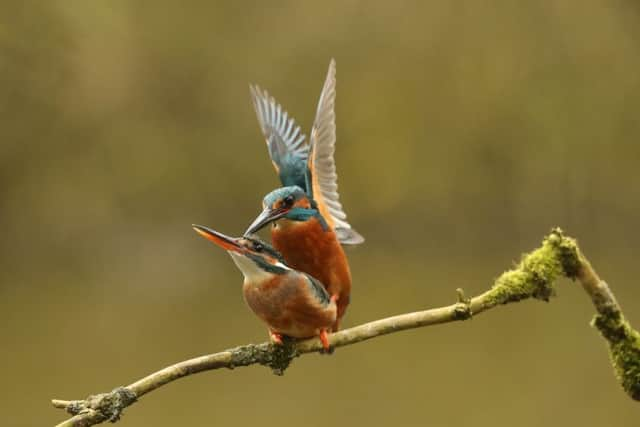

She flew into the tunnel which was pitch black so she had to feel her way along it. She tapped her egg gently with her beak to locate it before settling down on it. An hour later she stood up and prepared to leave the nest. As she moved forward I noticed there were now two eggs in the nest. It’s hard to describe my feelings at having been just one metre away from a laying kingfisher.
She flew out and began to splash in the water, rinsing off. She shook herself dry and began to preen her feathers. The male hovered over her, trying to mate, but she pecked out at him in rebuff.
She went on to lay seven eggs in total, one a day, at roughly the same time each morning. After the last egg was laid she took turns to brood the clutch with the male. It was nice to see that the bond between this reluctant couple had at last forged. Kingfisher eggs usually hatch 20 days after the last egg is laid. All I had to do now was wait.